![]()
Pottery, vessels and other articles made of clay that is permanently hardened by firing in a kiln. The nature and type of pottery is determined by the composition of the clay and the way it is prepared; the temperature at which it is fired; and the glazes used. Point the stamps with the mouse index for more information.
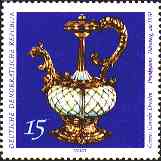 |
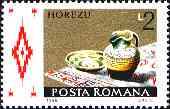 |
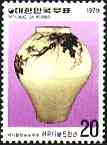 |
 |
It is distinct from porcelain in being porous and opaque; fired at a temperature lower than that required for porcelain, it does not undergo vitrification.
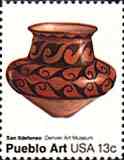 |
 |
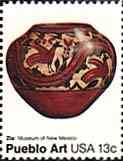 |
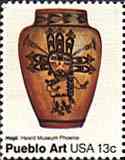 |
Porcelain, a ceramic body comprising white china clay or kaolin (aluminium silicate) and feldspathic rock or petunse (aluminium and potassium silicate) that, fired in a kiln at between 1250° and 1300° C (2282° F-2372° F), vitrifies to form a white, resonant, and translucent material of greater density and hardness than the pottery bodies, earthenware and stoneware.
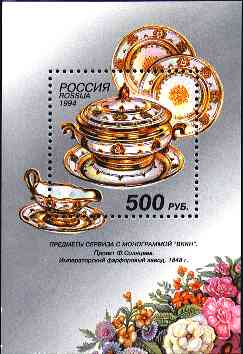 |
 |
 |
 |
||
It was first made by the Chinese in the 7th or 8th century AD but not in Europe until the 18th century. Source: Microsoft Encarta 96.
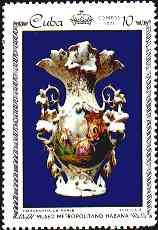 |
 |
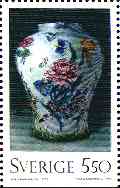 |
 |
Actually the Europeans have partially stolen from Chinese, partly found by themselves the secrets of the porcelain fabrication.
 |
 |
The background comes from the souvenir booklet issued in 1990 by the Denmark Postal Administration that commemorates the 200th anniversary of the Flora Danica pottery.